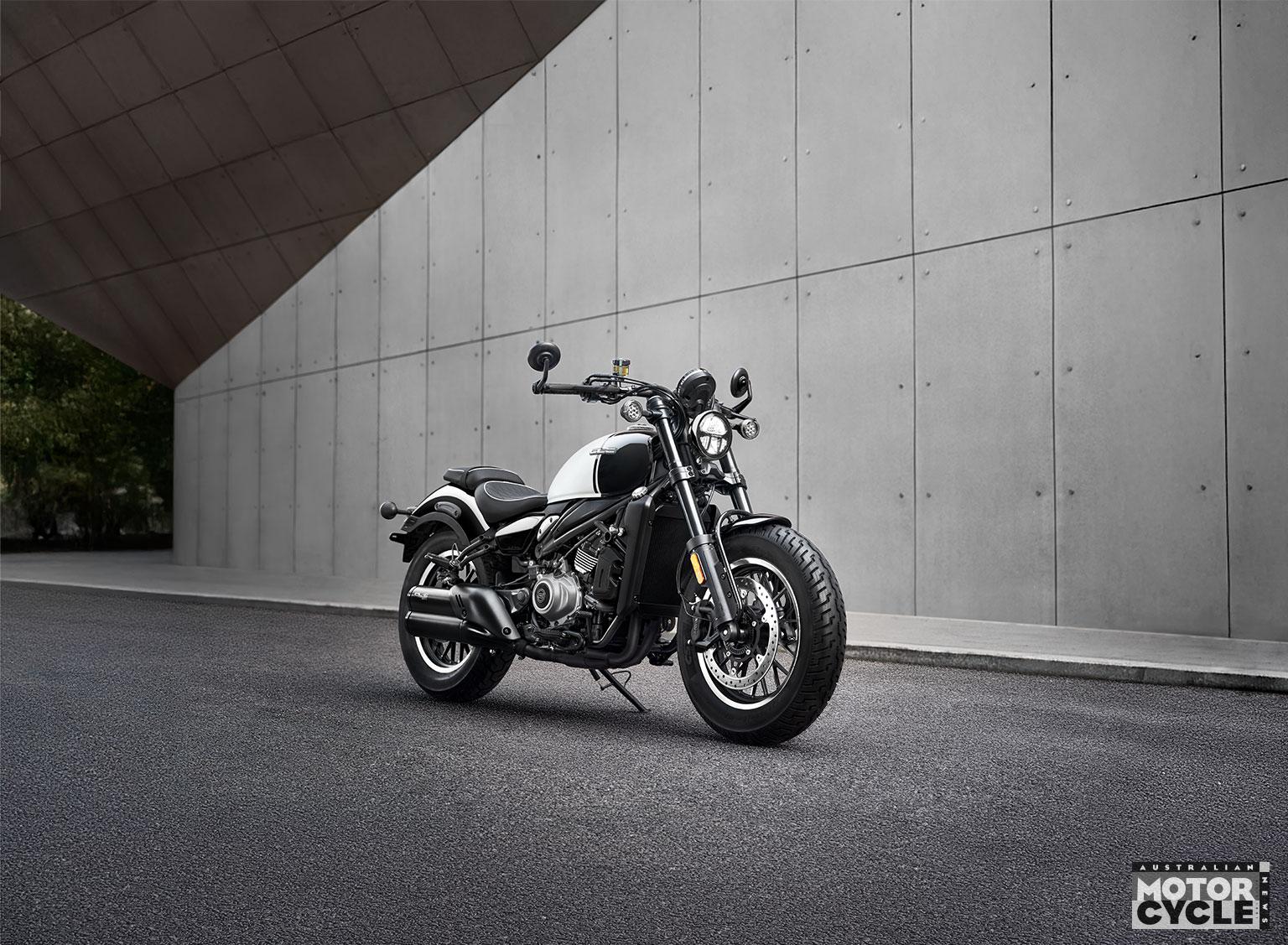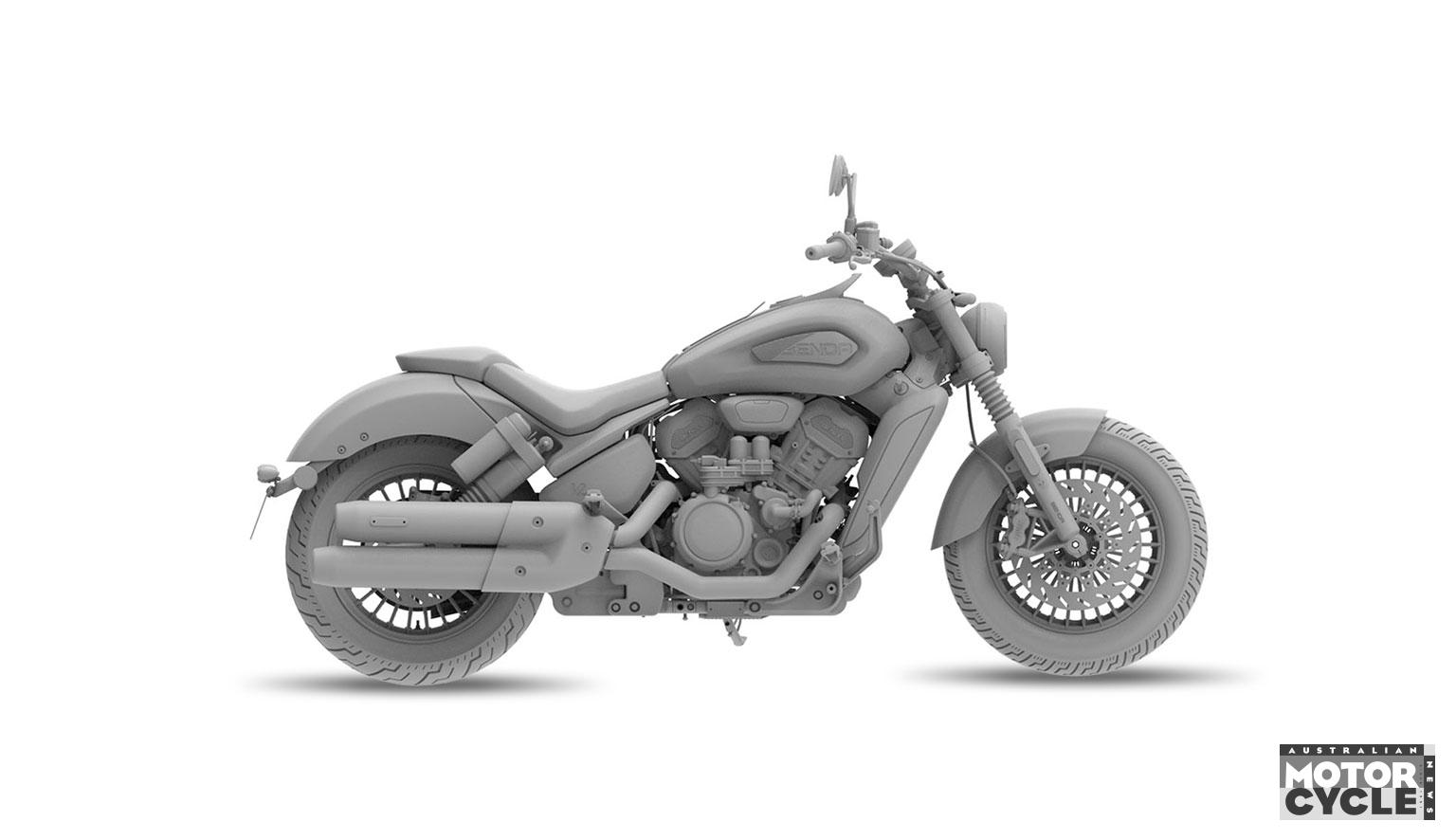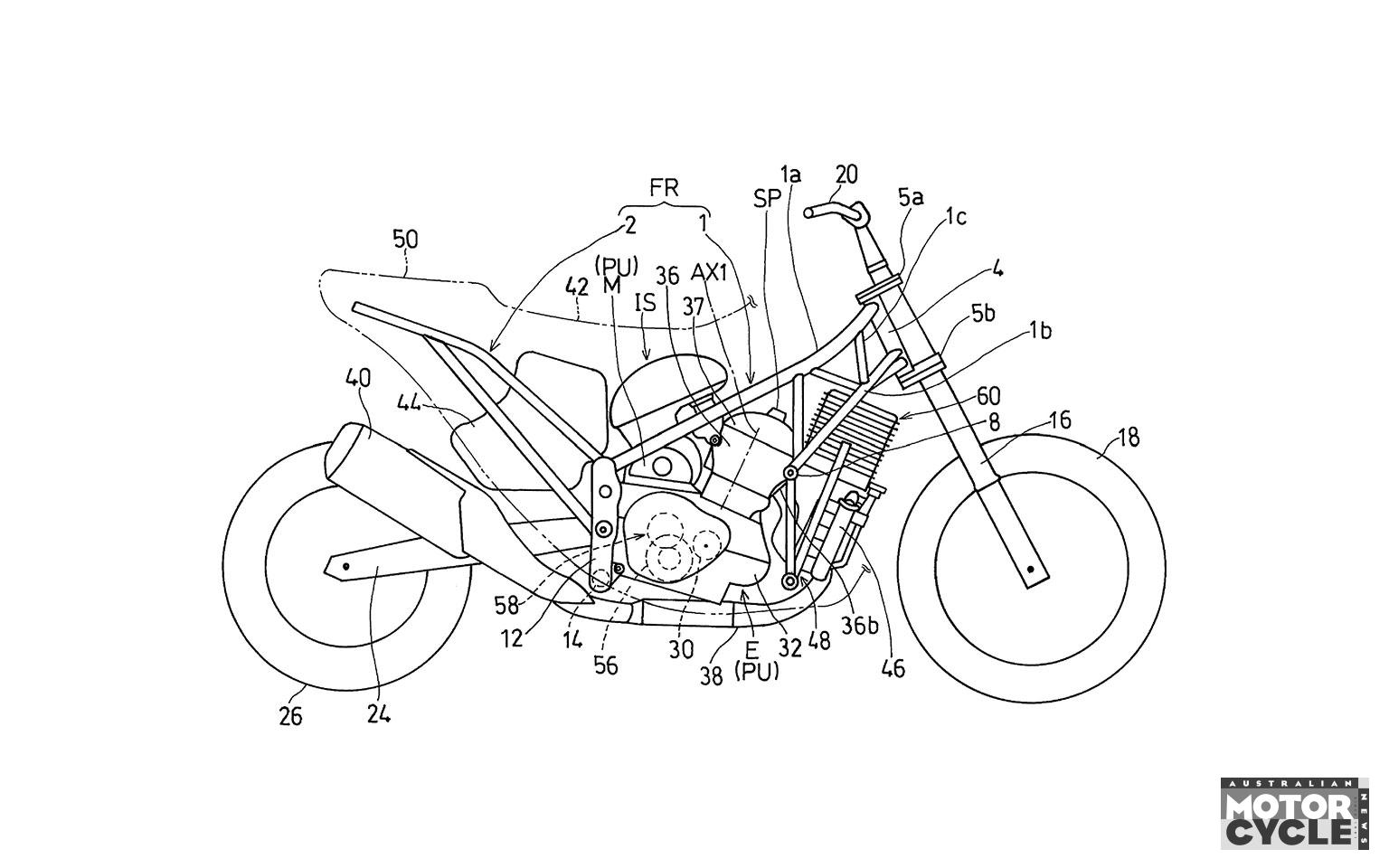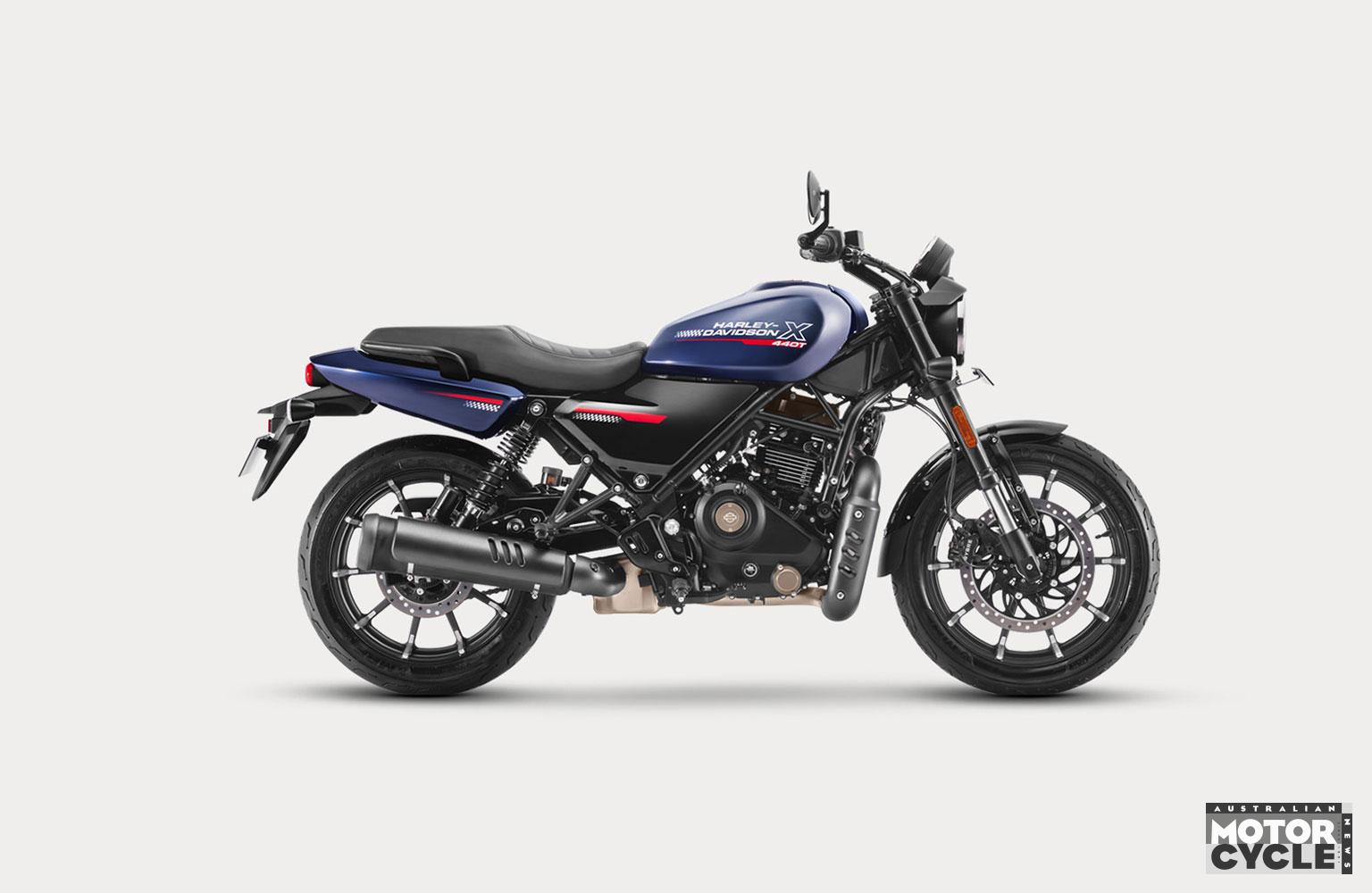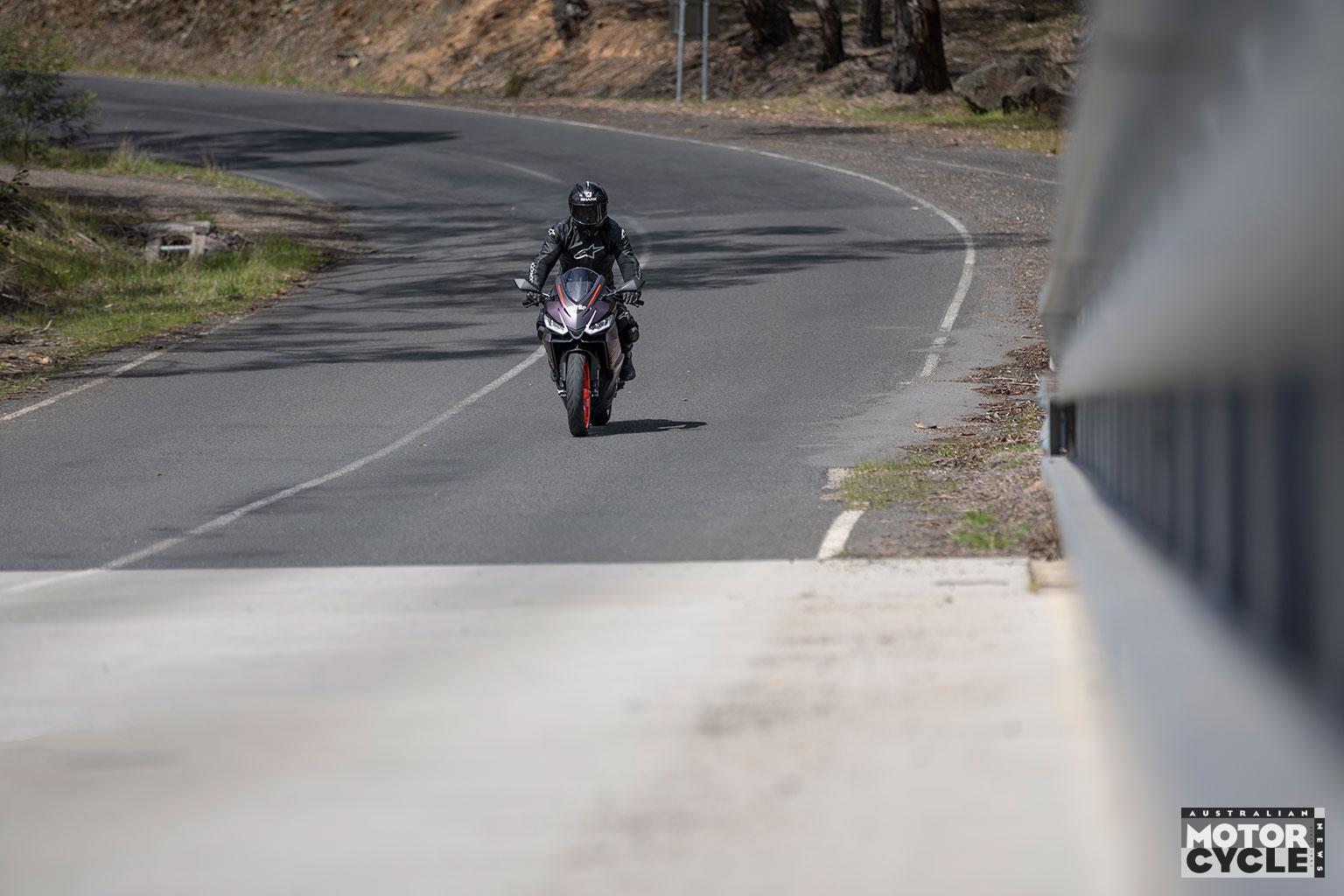At the moment it’s set to be an India-only product, but such is the intrigue about the bike from foreign markets that it would be no surprise to see export versions being made once production is in full swing.
The intrigue surrounding the bike derives from two factors. First, it’s the most modern machine ever to appear from Royal Enfield; the technology might be simple but it’s not a bike that has its roots in the 1950s like the firm’s existing mainstream models. And second, it appears to be targeting a gap in the market for a real-world adventure bike; one that’s designed not only to cope with rugged terrain and a lack of facilities but to thrive in those conditions.

On paper there’s little to get excited about. The 411cc oil-cooled single is a simple overhead cam design with a surprisingly long stroke and narrow bore. While typical bike engines are over-square, with short strokes to assist high revs and maximum peak power, the Himalayan uses a long, 86mm stroke and small, 78mm bore. It’s the same sort of thinking that’s behind the Honda NC750’s engine, another under-square design that favours fuel economy and low-end torque over headline power figures.
Speaking of power, the Himalayan doesn’t have a lot of it. The peak is just 18kW at 6500rpm. Torque is a more promising 32Nm and peaks at a helpfully low 4000rpm, levelling off at that level until 4500rpm. The quest for simplicity stops short of a kickstarter, but in a throwback to the past there’s a carburettor sitting where we’re used to seeing fuel injection; this is a bike that should be easy to bump-start if the battery’s flat.
Should an export version be made, as expected, the carb is likely to be replaced with injection in an effort to meet tougher emissions laws. Royal Enfield has already confirmed that it is ready to adapt the bike to meet next-generation Indian market emissions restrictions, which are expected to bring the country into line with European regulations. For Europe, ABS brakes would also need to be added.

The gearbox, previously rumoured to be a six-speed unit, in fact has only five ratios, but given the emphasis on torque spread and the inevitably low outright performance levels, that shouldn’t be a handicap.
In terms of its chassis, the bike uses a simple steel cradle frame, conventional forks and a monoshock – itself something of a departure for Enfield. The weight is claimed to be 182kg, and the combination of a 21-inch front wheel and a 17-inch rear is intended to help its off-road ability. A surprisingly well-equipped instrument panel includes a trip computer, compass and service indicator, while the racks either side of the bike’s tank can carry extra fuel tanks when more range is needed.
Prices in India are expected to be announced in March, but we’re not expecting much news on an export version until next year at the earliest.

